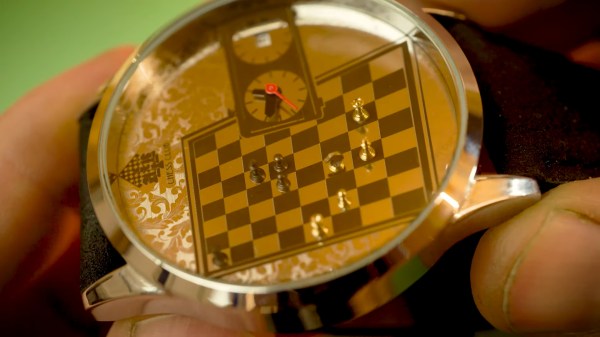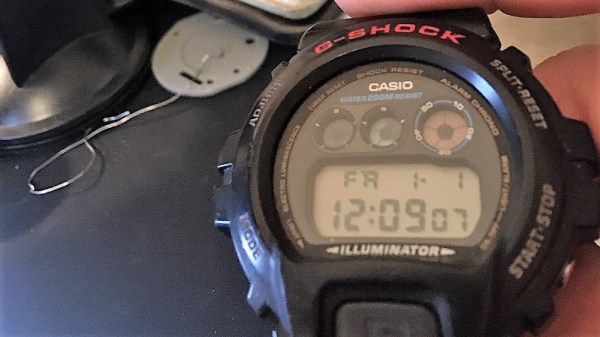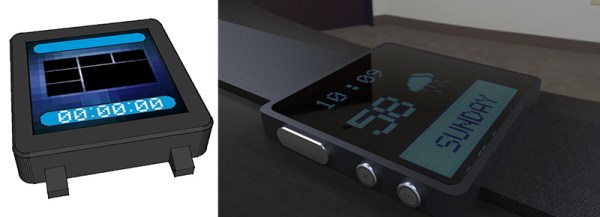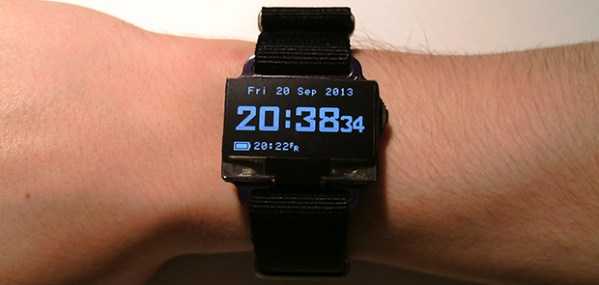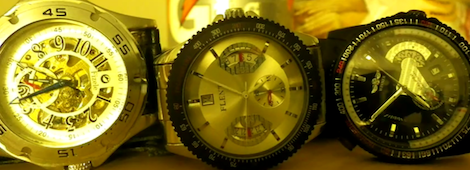Some things remain classics, even after centuries, and chess and watches have certainly stood the test of time. [W&M Levsha] decided to combine them both in this “Chess Club” watch containing a miniature chess game frozen in time.
[W&M Levsha] used an off-the-shelf wristwatch for the mechanism and case, but rearranged the parts and built a custom watchface that’s much nicer than the original. The new watchface was cut and etched on a fiber laser after disassembly of the original watch.
The real magic happens when [W&M Levsha] turns those teeny little chess pieces on the lathe. The knight was a two piece affair with the horse head being laser cut out of brass sheet and then soldered onto a turned base. As you can see from the video embedded below, all of the chess pieces inside the watch could fit on the maker’s fingernail! It’s probably a good thing that this tiny set isn’t playable since trying to play on a board that size would be an exercise in patience.
We’ve seen machined chess sets here before at a larger scale, but if you’re more into 3D printing, how about teaching your printer to play?

